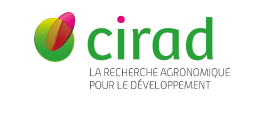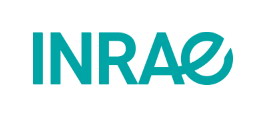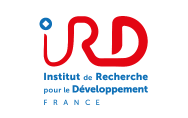The objective of this thesis is to rely on dissolved gases and in particular the Excess Air - EA calculated from neon-argon-nitrogen gases, to develop new tracers informing about the conditions and modalities of aquifer recharge and more particularly, for karstic systems. EA could give informations about the importance of (1) water table elevation within karstic reservoirs and (2) drain/matrix exchanges within reservoirs. The thesis work is based on two pilot sites: the Durzon catchment (Causse du Larzac - dolomitic environment, not exploited) and the Lez catchment (North Montpellier karst - calcareous environment, exploited for the water supply) which allows to evaluate (1) the role of lithology in the acquisition of dissolved gas signatures and (2) the role of active management by pumping (Lez) in the evolution of excess air.
Prior to the development of innovative tracers of recharge, a work of understanding the mechanism of EA formation was carried out from a theoretical and conceptual point of view and then by a modeling approach using a hydrodynamic model coupled with an EA mixing model (on the Durzon catchment area). This aspect of modeling would allow the implementation of a numerical model of the reservoir model type by adding new constraints such as hydrogeochemical data.
An innovative monitoring of noble gases by gas-phase spectrometry allowing a continuous intra-day monitoring has been conducted during an automnal resumption flood on the Lez catchment. This monitoring highlights the potential of information brought by the dissolved gases for a better understanding of the hydrogeological processes during the recharge. In particular helium and argon which highlight the differences of flow dynamics at the spring during the flood and give information on the origin and the nature of the mobilized reservoirs.
Keywords: karstic aquifer, excess air, dissolved gas, recharge, transfers
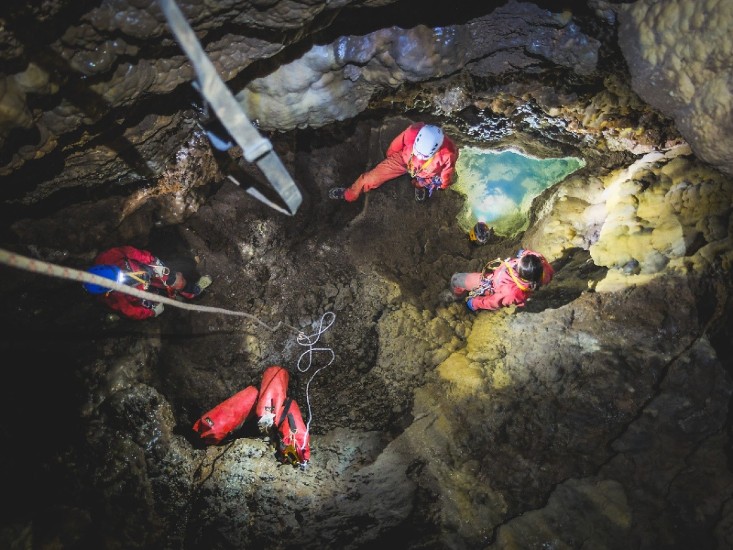 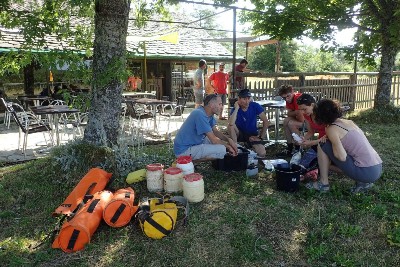 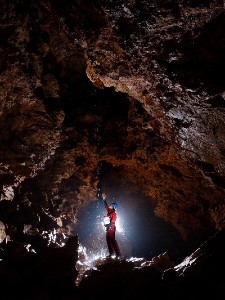 |
|
Figure 1: photo taken by Remi Muller (HSM) - sampling of physico-chemical parameters and dissolved gas underground on the Durzon catchment area (-9m depth - aven des Reynelles - Causse du Larzac)
Figure 2: photo taken by Alain Jacquet - preparation for underground sampling with speleologists (Ironselle feeding basin - Causse Méjean)
Figure 3: photo taken by Remi Muller (HSM) - illustration of the thesis topic: study of water and gas transfers during transfers along the Unsaturated Zone.
|
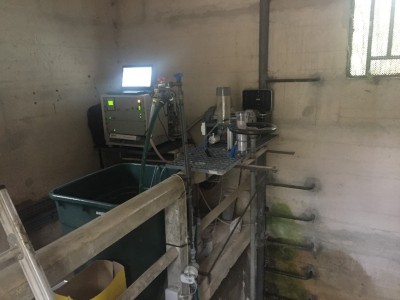  |
| Figure 4: Continuous measurement of dissolved gases during an intense recharging episode on the feed basin of the Lez (North Montpellier) |



